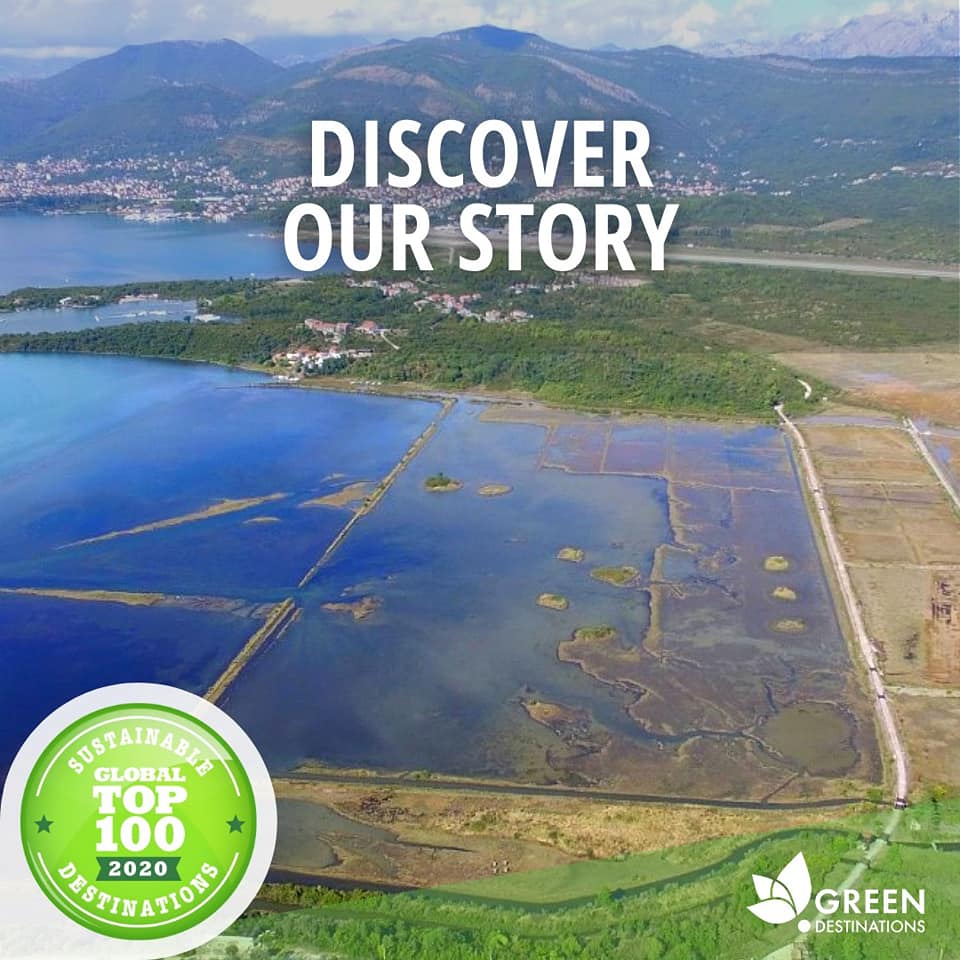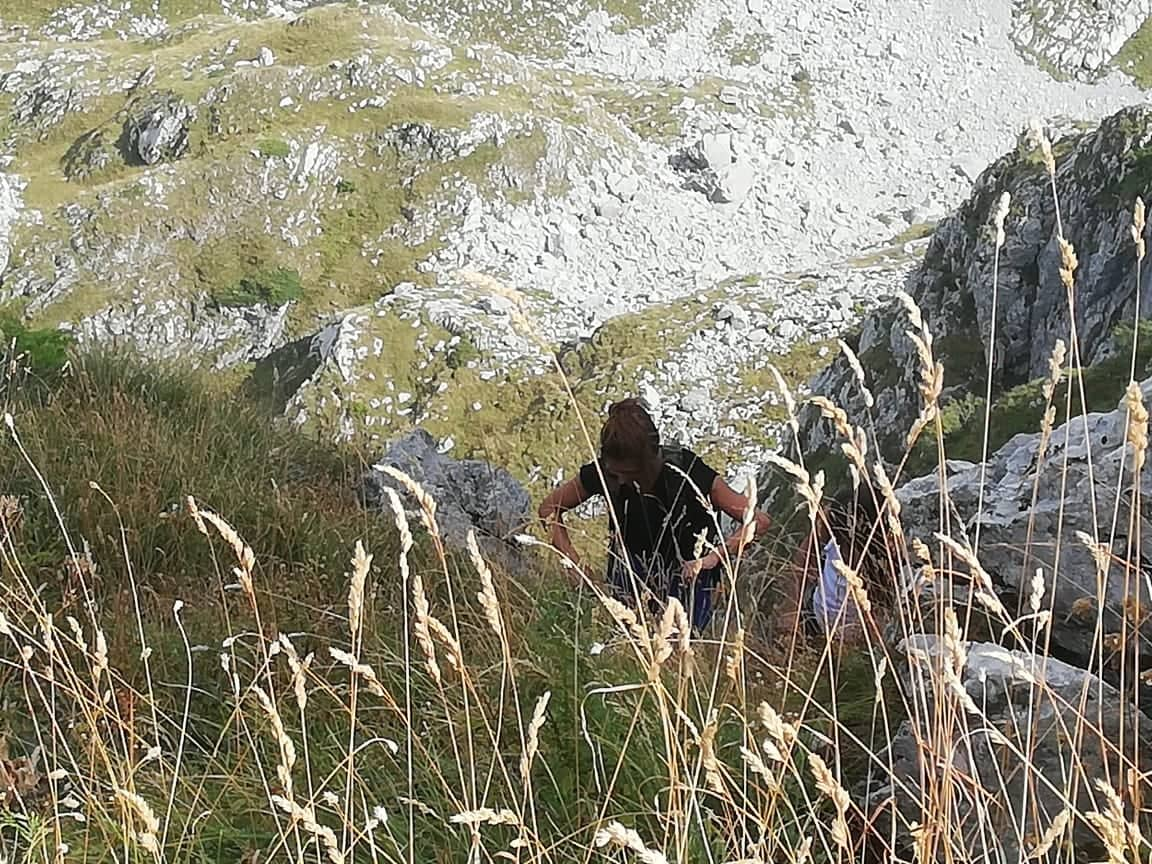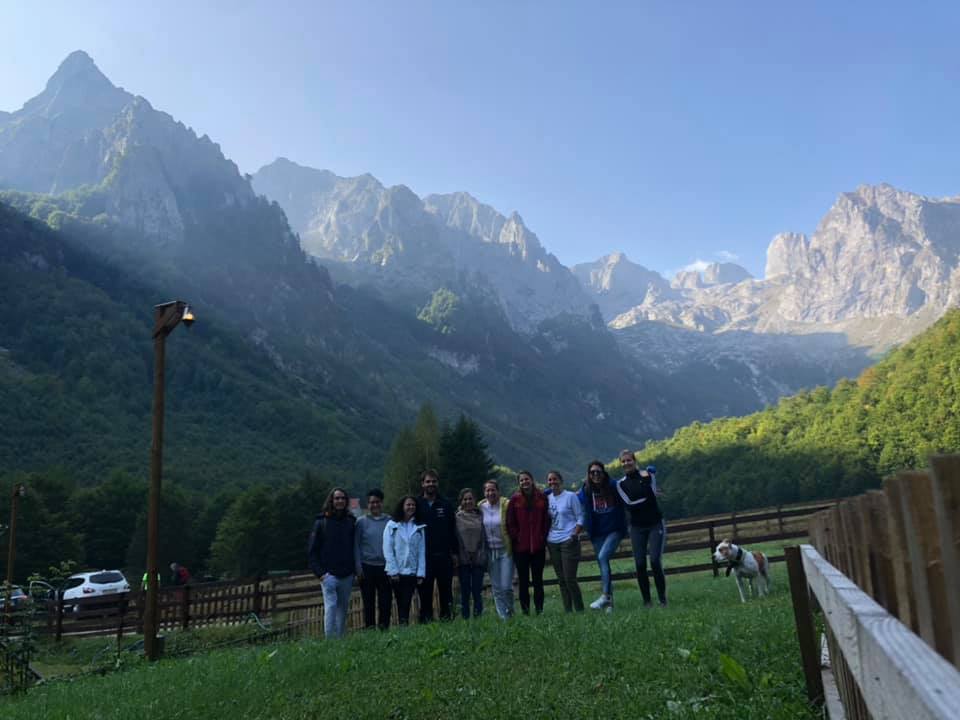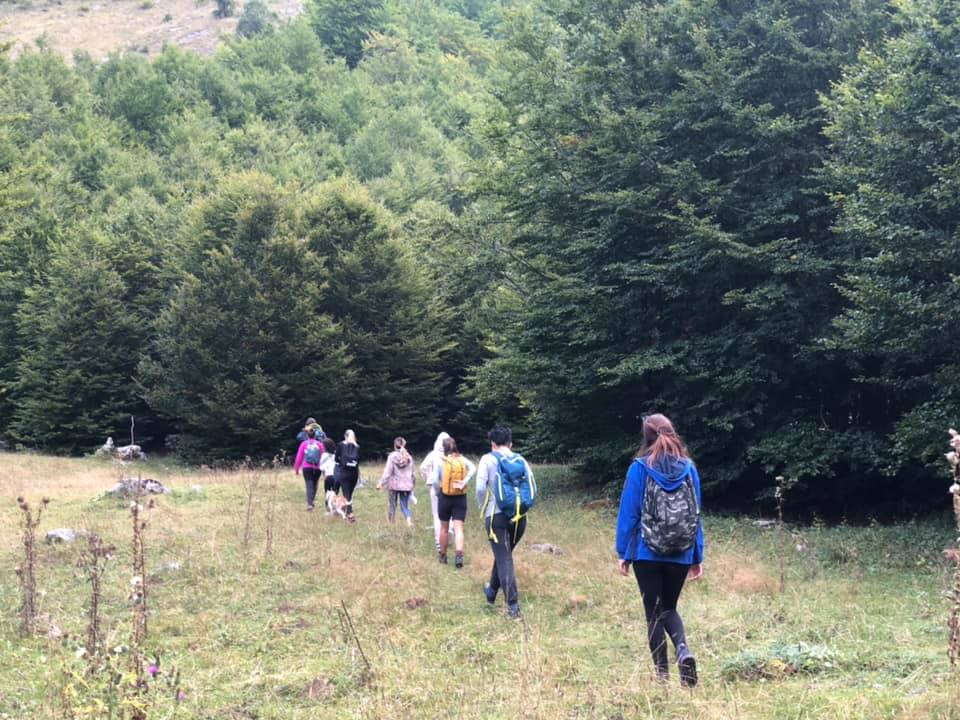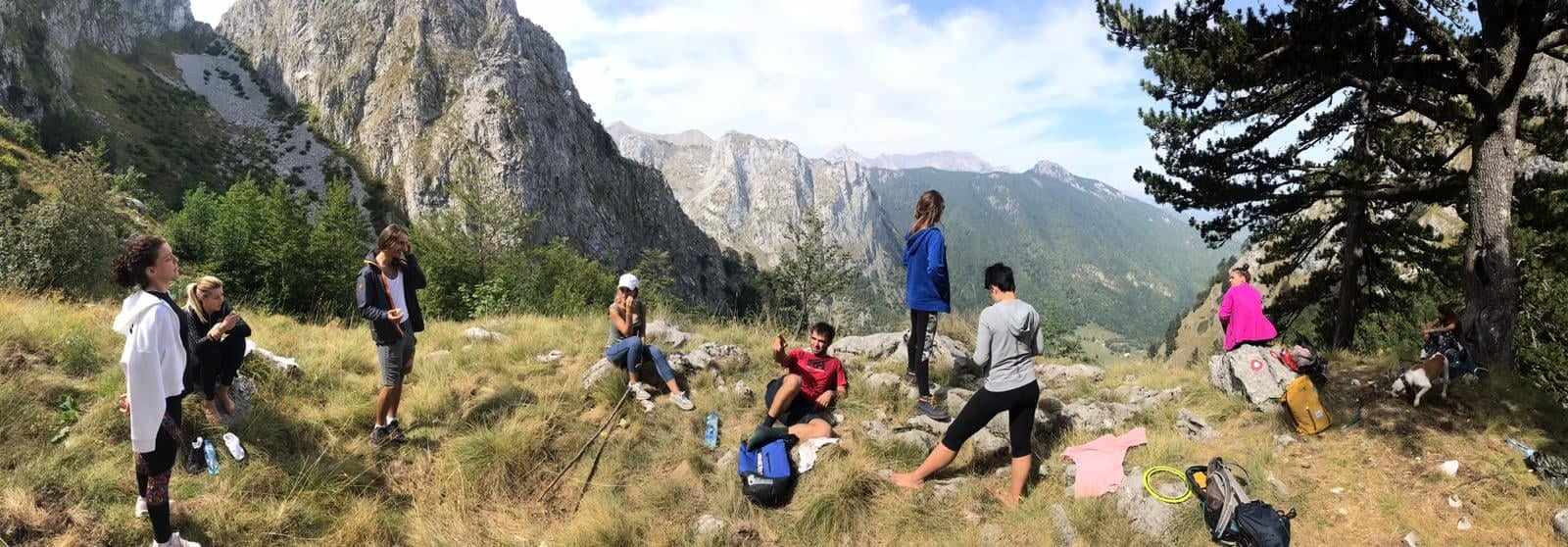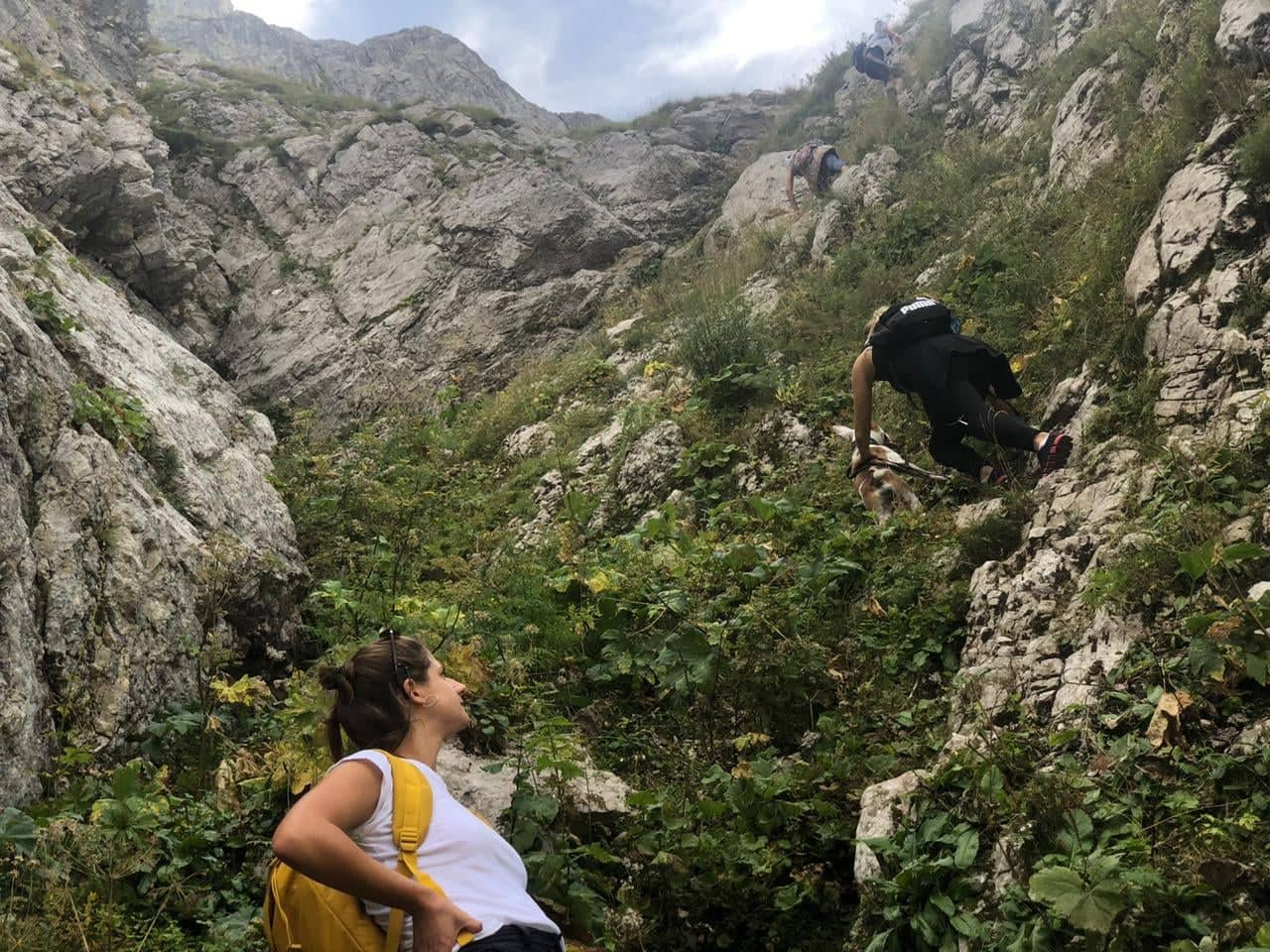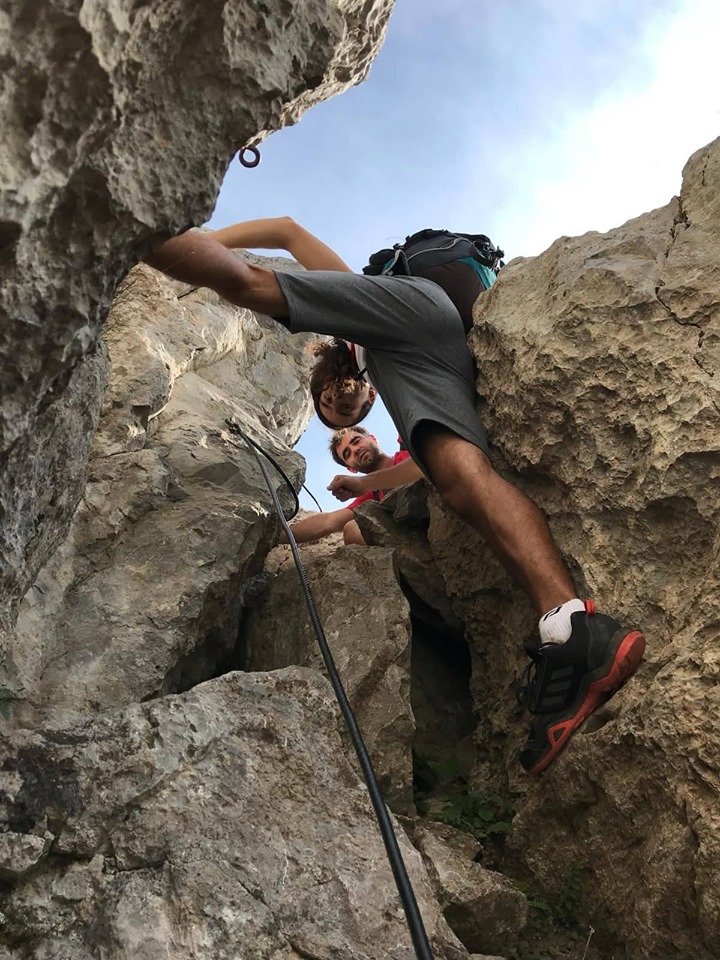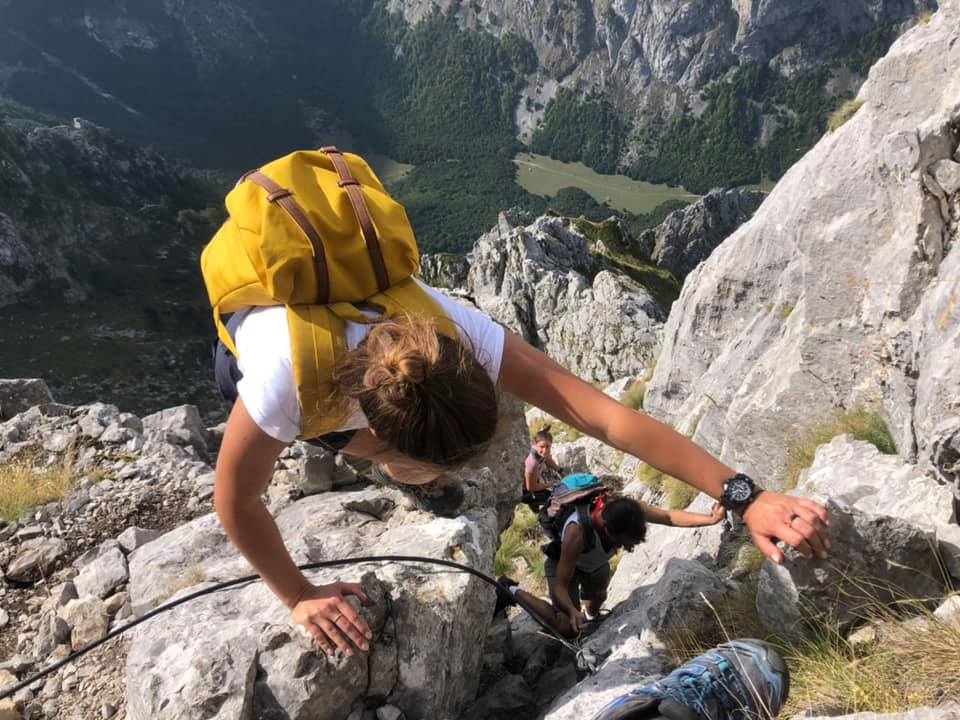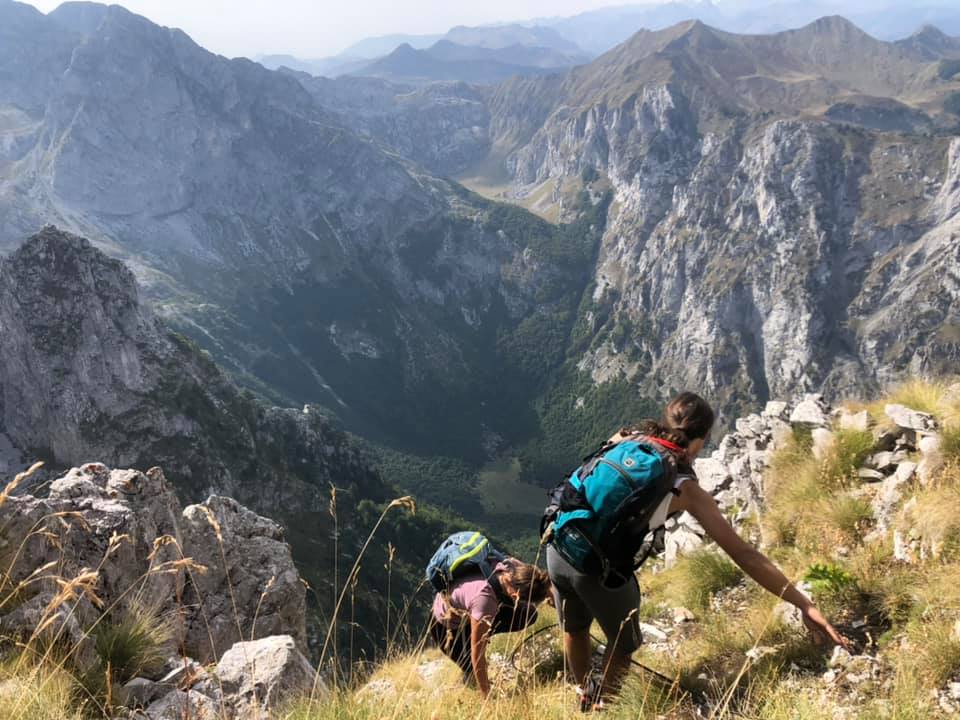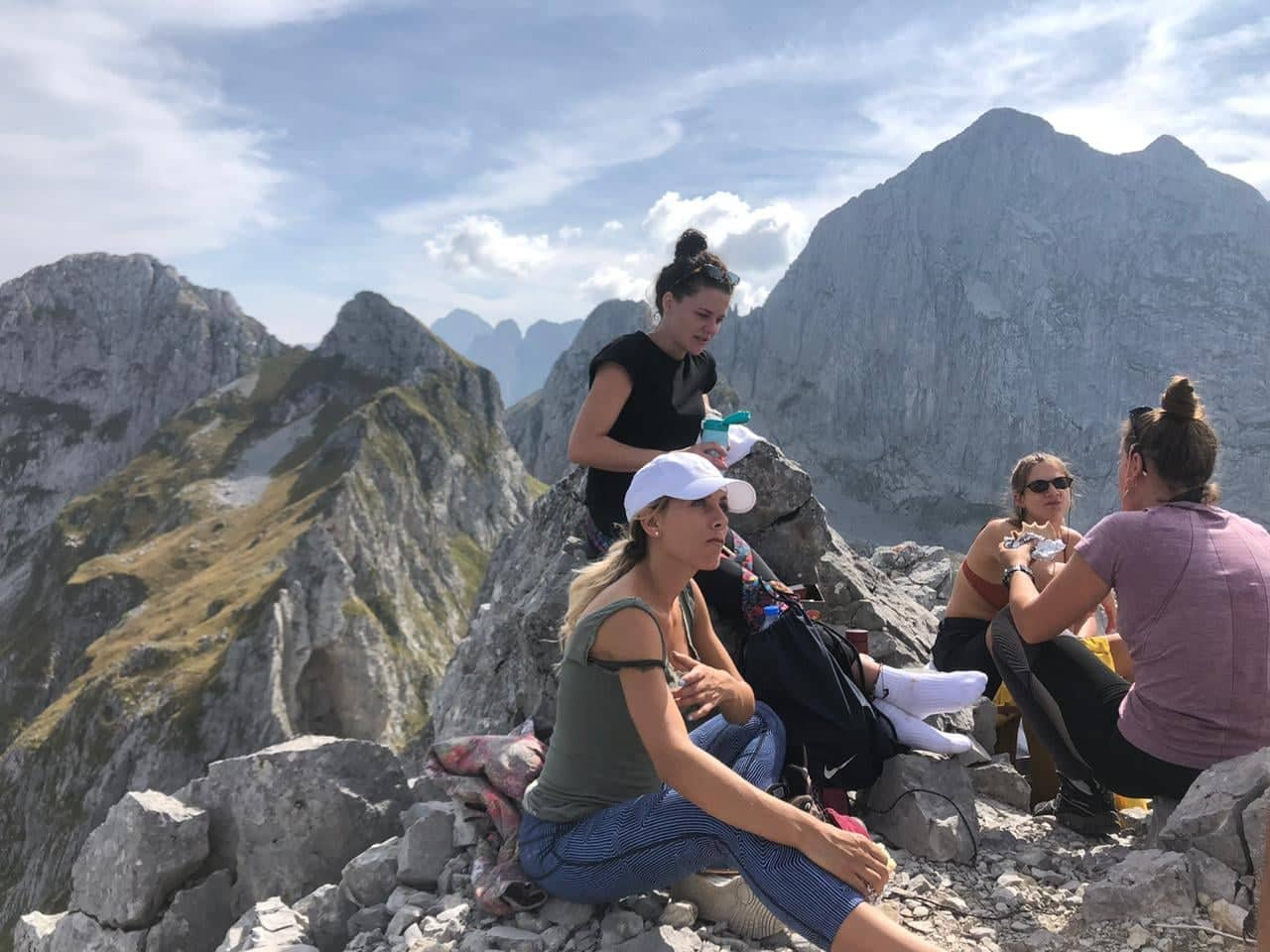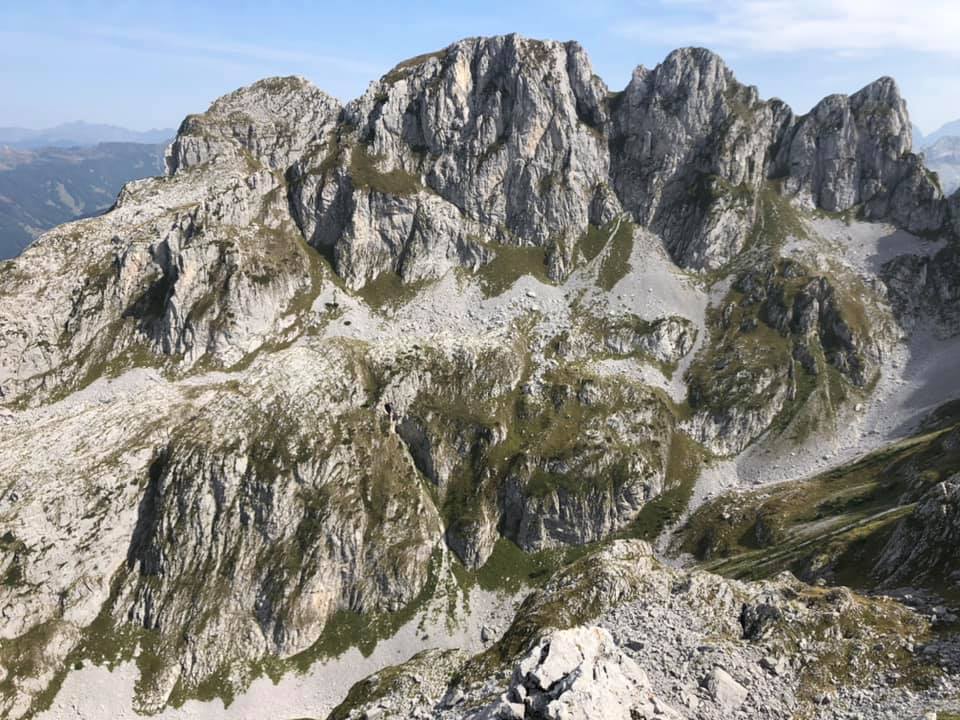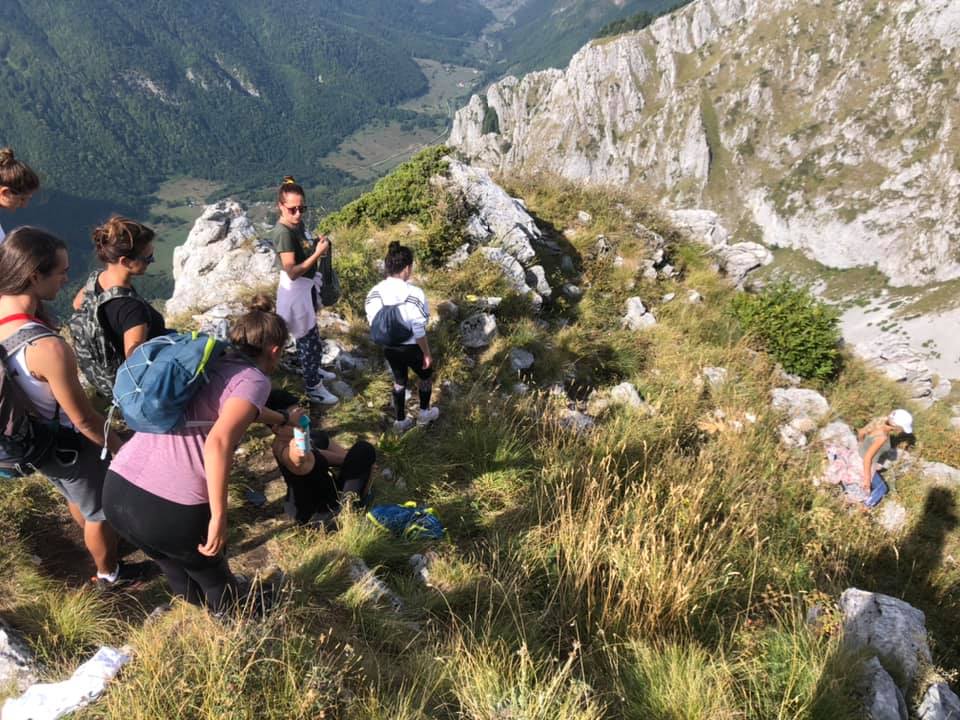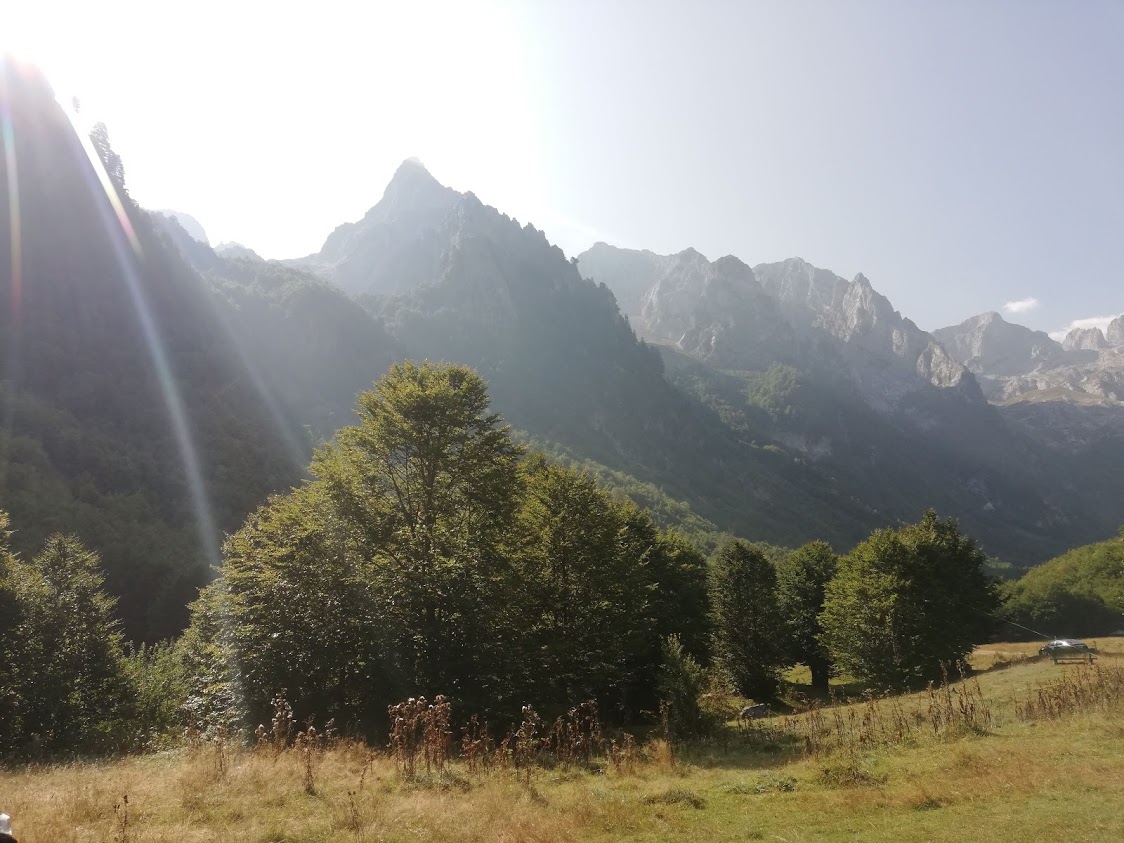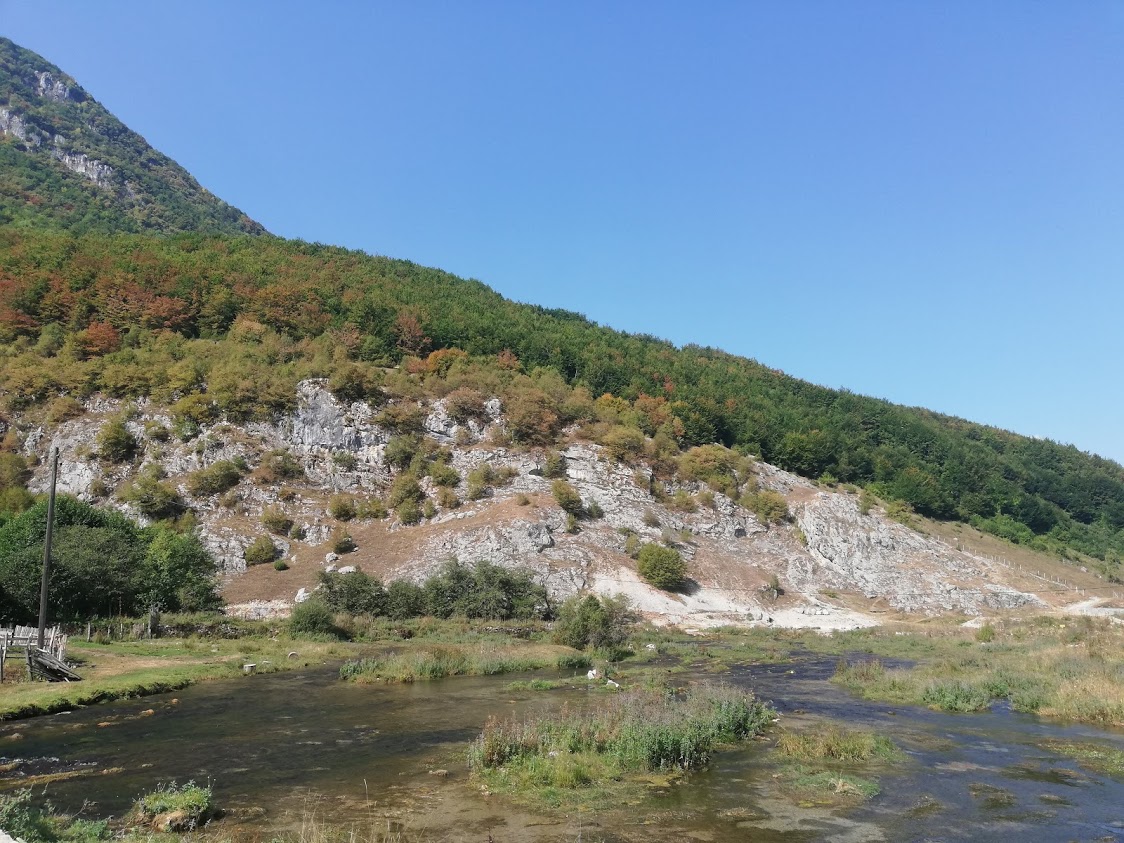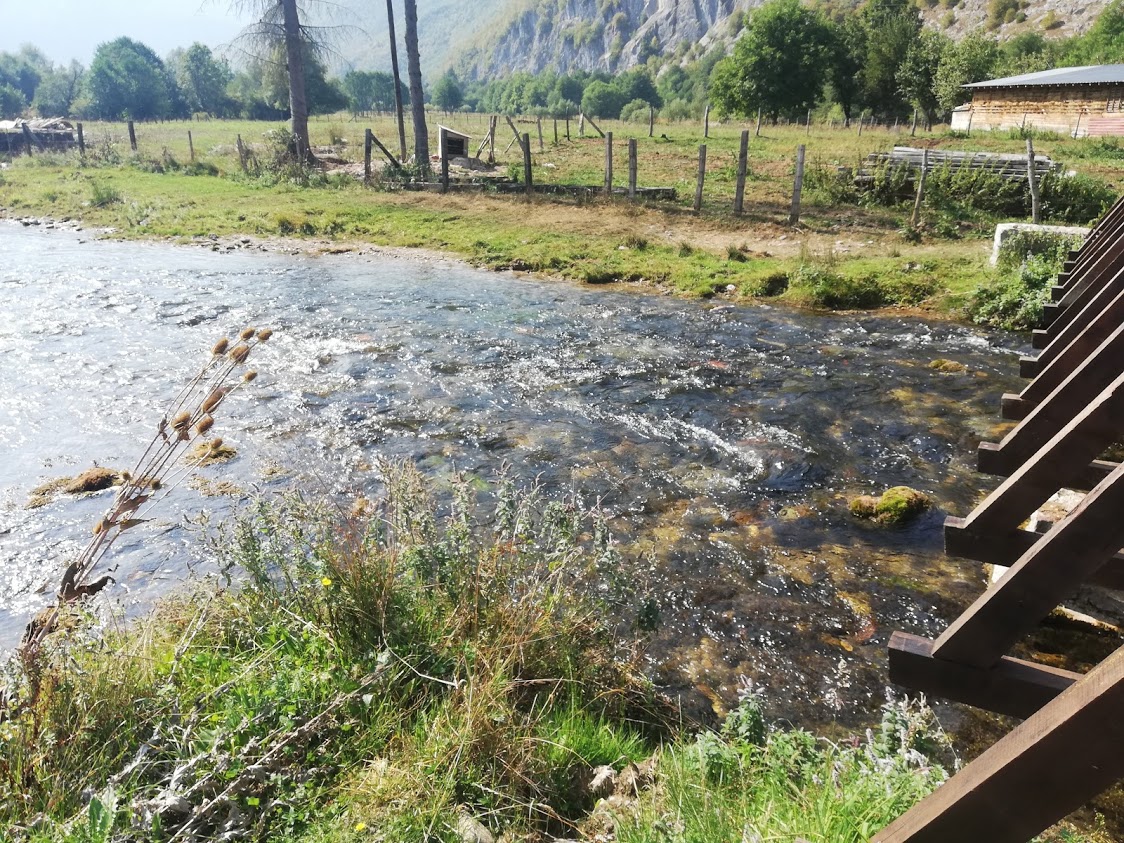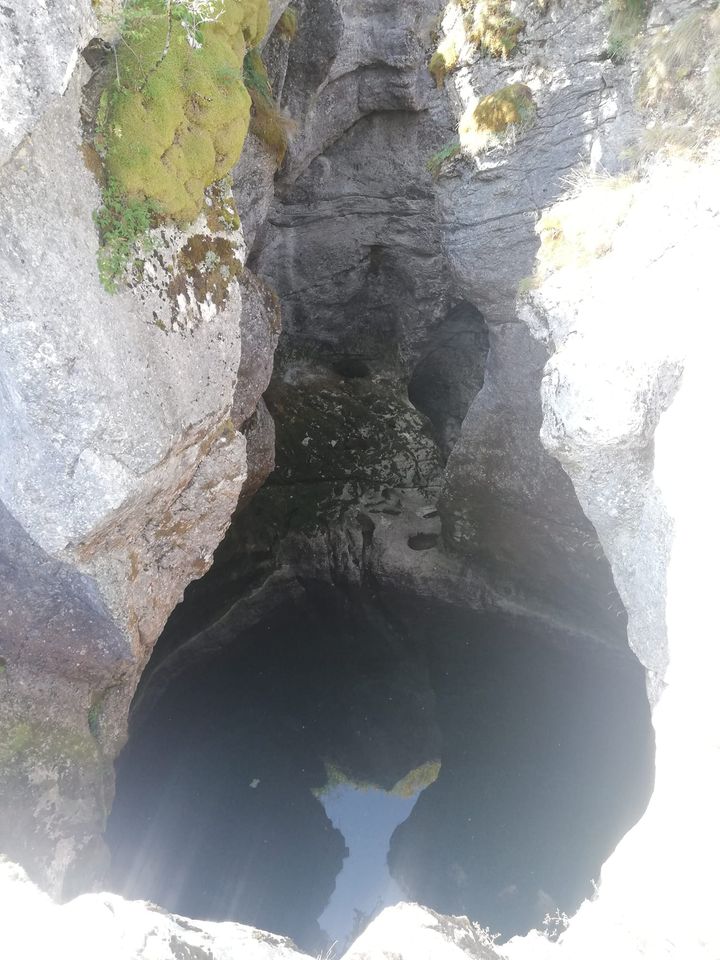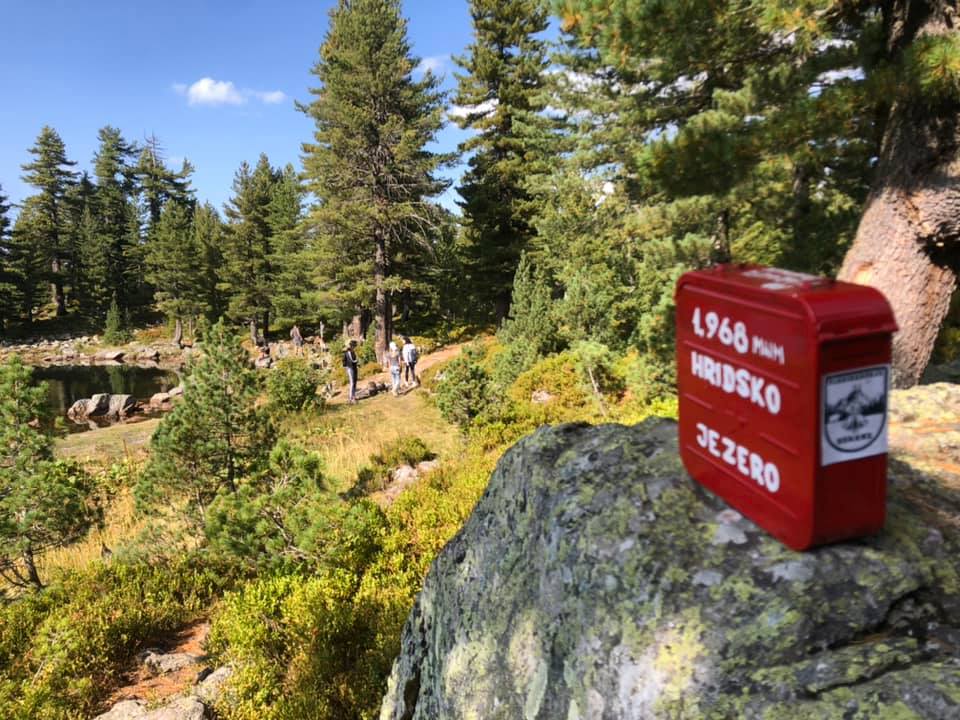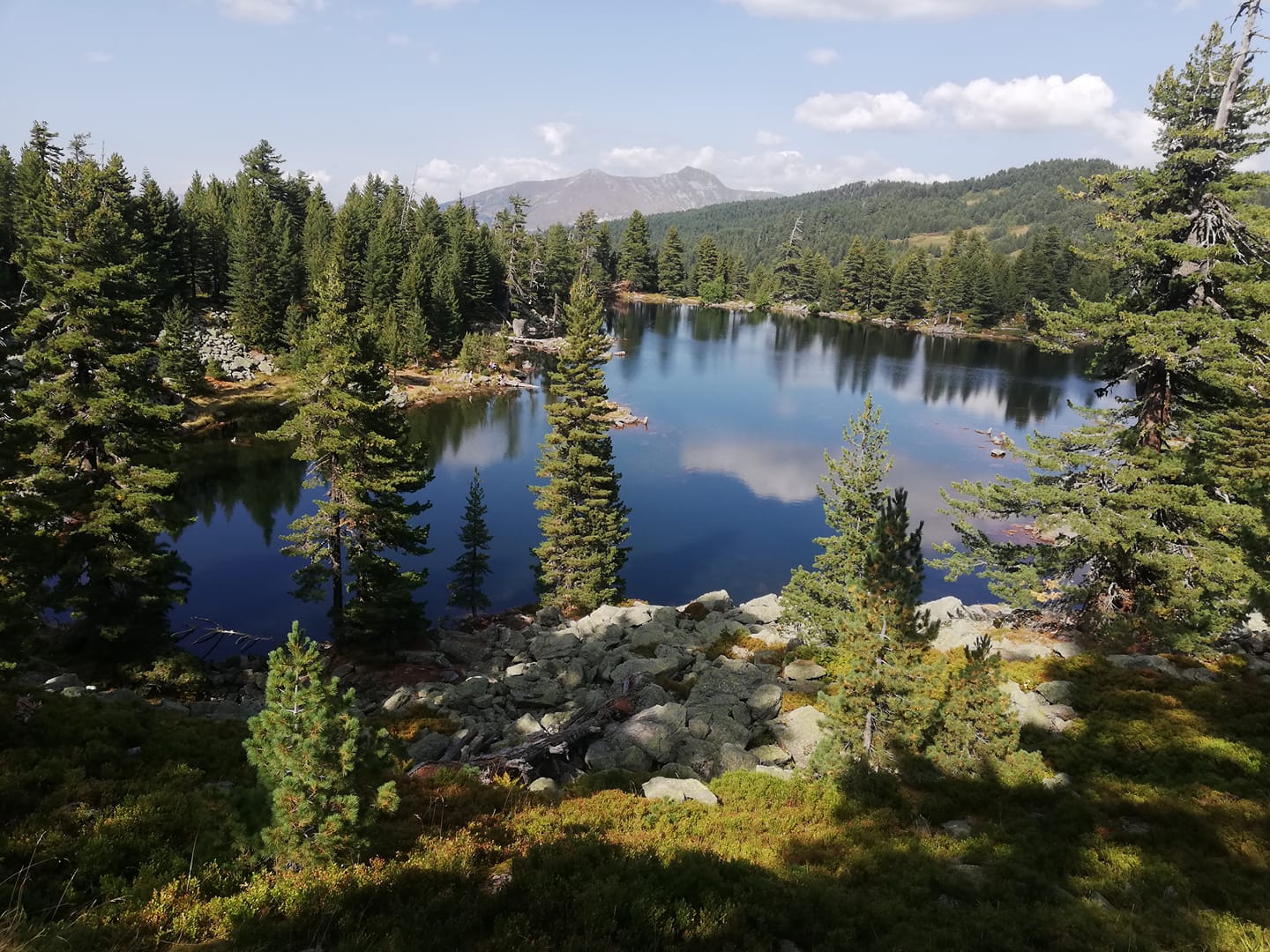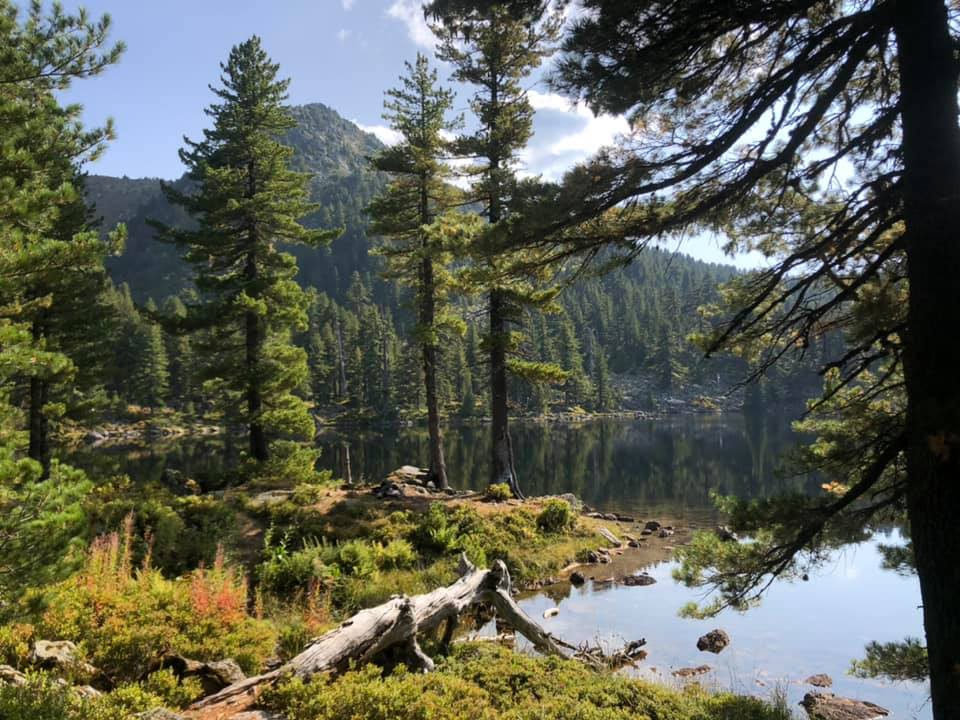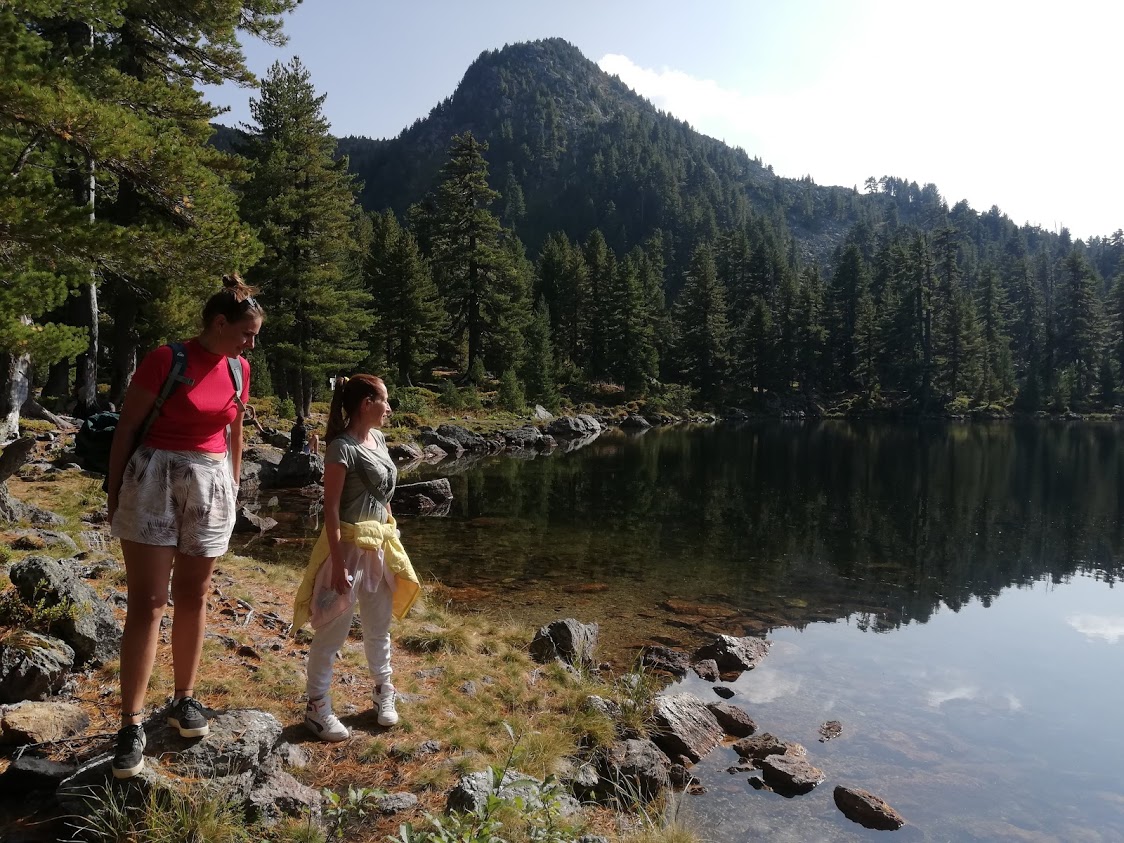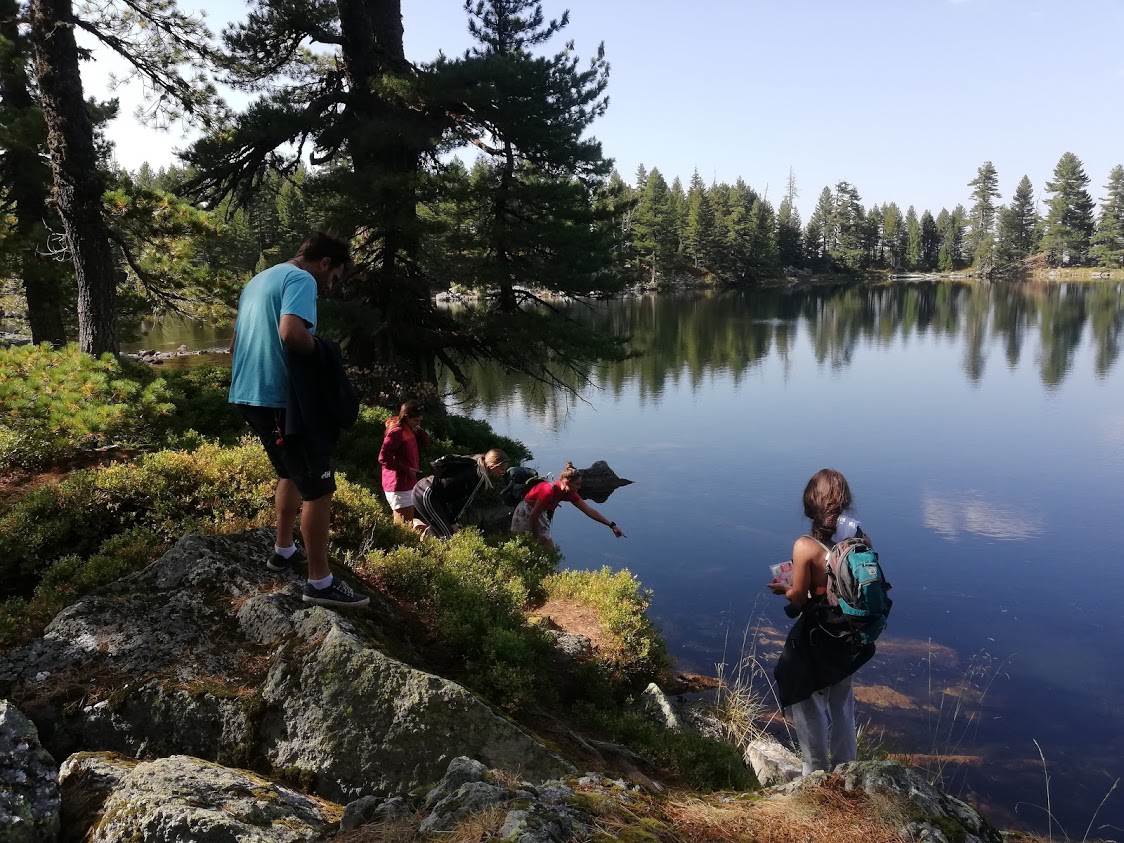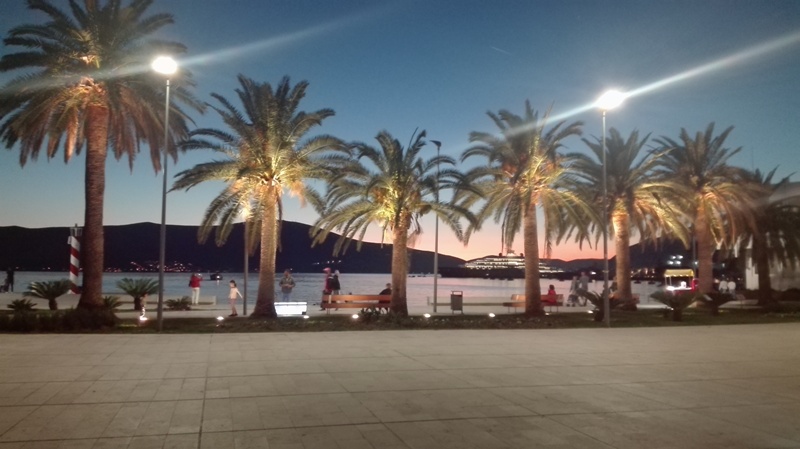Travel
November 18, 2020 - The world leader in geography, cartography, and research, "National Geographic Traveler", has ranked Montenegro as one of the world seven most attractive family holiday destinations in 2021.
National Geographic Traveler (UK) published the list "Best of the World 2021", revealing inspiring stories about 35 extraordinary places, and in the article "The best of the world: seven unforgettable family trips for 2021 and beyond", Montenegro, as the second on the list, side by side with world destinations such as Japan, USA, Canada, and Great Britain.
The list of "Best of the World 2021" consists of five categories - sustainability, nature and wilderness, adventure, culture and history, and family travel. Each of them is characterized by excellent destinations with a relevant story for the coming year. Profiling inspiring places, communities, and innovations, the list provides an optimistic number of places to escape from reality and what precautions should be taken due to the pandemic by those who want to travel around the world.
Montenegro on the National Geographic Traveler's Top Family Destinations List for 2021
Bikes, hikes, and zip-wire adventures
How does Montenegro fit so much in? This Adriatic escape is smaller than Northern Ireland, yet bursting with snow-capped mountains, jewel-box lakes, rushing rivers, charming towns, and gregarious locals. Cheaper and less visited than neighboring Croatia, yet for so long, its bridesmaid, 2021 looks like a breakthrough year.
Adventurous families will be in their element here. Five national parks protect over 60 peaks where hiking, biking, canyoning, and rafting are options. Tour operators like Responsible Travel, Families Worldwide, and UTracks have active itineraries, and a Tailor Made Rail trip added last year reminds us that you can also get there by train, including a stint on the stunning Belgrade-to-Bar route.
It's not all about adventure, of course. Montenegro's is a short but glittering coastline (avoid the crowds by visiting in shoulder season). A new hotel action includes an elegant Avanti in Buda and the One & Only Portonovi, set to open in spring at Boka Bay, close to the terracotta-topped town of Kotor. Marriott plans to bring the Ritz-Carlton brand to Montenegro in 2023, too.
Original article by National Geographic Traveler
https://www.nationalgeographic.co.uk/travel/2020/11/best-of-the-world-2021-family
November 18, 2020 - At the airports in Tivat and Podgorica, passenger numbers have decreased by 80.5 percent compared to last year. After Slovenia, this is the second-worst result for the air industry in the region.
Montenegro has the second-largest rate of air traffic decline from the countries of the region of the former Yugoslavia, the specialized web portal ExYu Aviation announced yesterday, referring to the data of the International Airport Council ACI (Airport Council International), writes Vijesti.
Due to the COVID-19 pandemic, at the airports in Tivat and Podgorica passenger numbers decreased by 80.5 percent from January 1 to September 30. Only Slovenia has a slightly worse result in the former Yugoslavia region, where the drop in the number of passengers in air traffic for the first three quarters of this year was 81.5 percent. Croatia has seen a decline of 79.2 percent compared to the first nine months of last year, Bosnia and Herzegovina 78.3, while Serbia declined 68.7 percent compared to the end of the third quarter of 2019, a figure that is relatively close to the European average this year.
Airports in Europe had an average drop in traffic of 67 percent from January to the end of September this year, due to a pandemic. A decrease in the volume of air traffic of 68.5 percent compared to the end of the third quarter of last year was also recorded by Macedonia, while in Kosovo, it decreased by 60.6 percent.
The detrimental effect of coronavirus on tourism and the travel industry is best evidenced by data on the drop in traffic at airports in the former Yugoslavia, which are primarily focused on providing services to tourists coming to spend their summers on the Adriatic coast.
Thus, in the first nine months of this year, among the ten busiest airports in the former state, the greatest reduction in traffic, a fall of 87.7 percent compared to the same period last year - was recorded by Dubrovnik Airport. Tivat Airport had a traffic drop of 86 percent and in nine months served only 172,493 passengers. The situation is similar in Split, which had 78.9 percent fewer passengers in the first nine months of this year compared to last year. A similar drop of 81.5 percent was recorded at the airport in Ljubljana, which was reflected in the fact that Slovenia recently lost its national airline. "Adria Airways," which performed most of the air traffic in Slovenia, went bankrupt.
According to ACI data, the airport in Podgorica served a total of 278,005 passengers in the first nine months of this year, 73 percent less than in the same period last year.
October 25, 2020 - Montenegro and Bosnia and Herzegovina are to build the joint border crossings Šćepan Polje - Hum, on the road Plužine - Foča, Zupci - Sitnica on the road Herceg Novi - Trebinje and Ilino Brdo - Klobuk on the road Nikšić - Trebinje. The announcement was made by the Prime Minister of Montenegro Dusko Markovic, who together with the Chairman of the Council of Ministers of Bosnia and Herzegovina Zoran Tegeltija and the Head of the European Union Delegation to Montenegro Ambassador Oana Cristina Popa opened the joint road border crossing Vracenovici - Deleusa on the road Niksic - Bileca.
The Head of the Delegation of the European Union to Montenegro recalled that the EU had provided Montenegro with 20 million euros of support to make its borders safer and more efficient, as envisaged by the national strategy for integrated border management.
The Chairman of the Council of Ministers of Bosnia and Herzegovina said that in the coming years, other border crossings between Montenegro and Bosnia and Herzegovina would be as they should be in the 21st century, hoping that one day there will be no need for border crossings.
Construction of the joint border crossing Vraćenovići - Deleuša began on February 27 this year after Montenegro and Bosnia and Herzegovina determined the locations of future reciprocal border crossings.
The Director of the Commission for Borders in the Ministry of Internal Affairs of Montenegro, Milan Paunović, explained that the joint border crossing has three lanes in each direction plus one lane for trucks. There is customs control on each side, and police control is joint.
October 22, 2020 - The National Tourist Organization of Montenegro and the local tourist organization of Tivat, with the support of the hotel "Regent Porto Montenegro" and "The Chedi Lustica Bay," have organized a study visit by representatives of one of the most famous music television channels in Russia "Muz-TV" - the Russian MTV, who are staying in Montenegro from October 21 to 26.
The five-member news team from"Muz-TV" is in Montenegro to record a travel show "Vacation Without Trips" (Holiday Without Travel), through which viewers will have the opportunity to get acquainted with what's on offer to tourists in the coastal, central and northern regions of our country. The author of the show "Vacation Without Trips" (Holiday Without Travel) is famous Russian host and influencer Andrei Razigraev, who visits destinations worldwide, explores exciting stories from the local population, and offers advice on what to experience in the area.
Footage for the show will be filmed in Tivat, Kotor, Herceg Novi, Budva, Cetinje, Danilovgrad, Plužine and Žabljak.
The journalists, who are currently staying in Tivat, had the opportunity to visit the rural household "Pony Art Garden" in Luštica, to cruise the Bay of Kotor and visit Kotor and Perast. Continuing their visit, they will see the Capital of Cetinje, NP Lovćen, and the village of Njeguši.
Representatives of "Muz-TV" will visit the north of Montenegro, Plužine, and Žabljak, where they will have the opportunity to experience something of what is offered in terms of active nature holidays, through the tour Ring around Durmitor. They will record footage on Black Lake and try the zip line on Đurđevića Tara.
"Muz-TV" is one of the most famous music televisions in Russia with a viewership of over 1 million, and their Youtube channel "Muz-TV" has a high rating, with about 1.36 million views per month. The TV show "Otpusk bez putevki" (Holiday Without Travel) is most-watched among the audience's younger and middle generation. The episode filmed in Montenegro will be premiered by the end of this year.
October 18, 2020 - Solila Nature Reserve has been the focus of media interest in recent days. At the online conference "Global Green Destination Days 2020", Tivat was declared one of the Top 100 Green Destinations, among other things, based on the successful management of the Solila Nature Reserve, which was nominated as a "Good Practice Story."
Another piece of news that aroused great public interest was the welcome return of the most eminent guests among wetland birds. After more than ten years, flamingos have arrived in Solila again!
"The presence of flamingos is a symbol and confirmation of the commitment to protect endangered and rare wetlands, and we hope that they will be regular guests," said the Solila Nature Reserve.
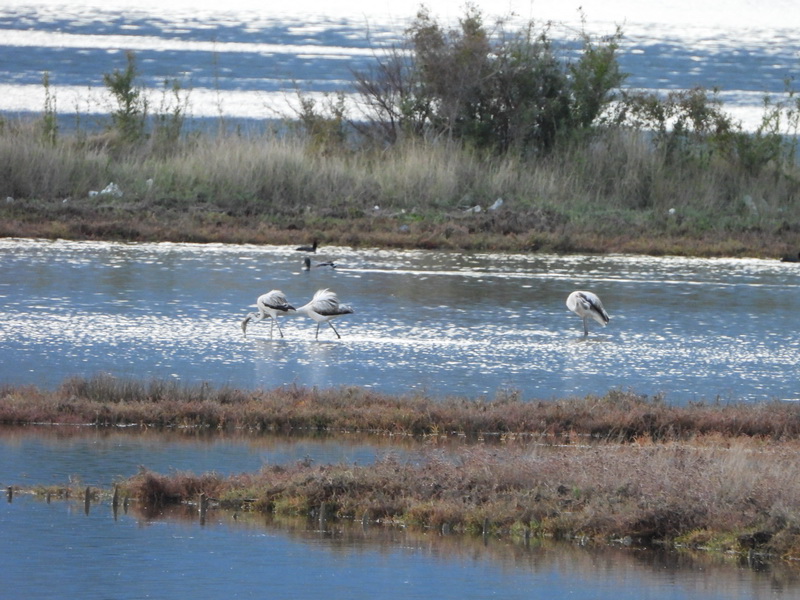 Flamingos, Photo by M.Mitkić
Flamingos, Photo by M.Mitkić
Tivat Solila throughout history - from salt grains to bird habitats
Tivat salt pans (between Tivat airport and the Lustica peninsula) are located on the Adriatic Migration Corridor and serve as the last resting and feeding ground for migratory birds on their way to the south. For a certain number of birds, they are also a wintering ground.
Researchers found the first data on the salt basins of the Tivat salt pans in medieval writings, emphasizing their significance for neighboring Kotor's economy, based on salt production and sale. Even the Statute of this city regulated the production, import, export, and sale of salt. Back in 1683, when this area was under Turkish occupation, it is described that the place where Solila is located today was essential for salt production, representing 81% of the total income of the local population.
According to the data from the historical archives, the work on Solila always took place under the watchful eye of solar workers (preparation of bases, construction of dams, canals, ditches). The salt harvest, which took place at the end of summer, included a locally able-bodied population and draft cattle.
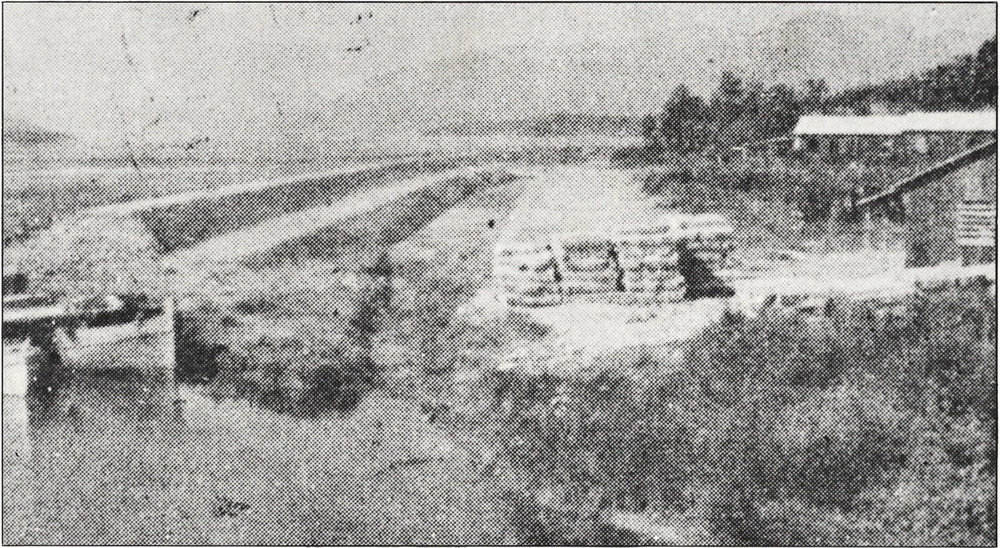
Old photo of Solila
According to historical sources, in 1425, the saltworks had 109 plots. Twenty 24 belonged to Metropolitan Zeta, 27 - to the population of Lustica, 10 - to Djurasevici, 32 - to Kotor, and 16 - to well-known Kotor families. Salt marshes have been continuously the "apple of discord" between neighboring countries. When the salt marshes ceased to be used for their intended purpose, birds began to come here.
The area of Solila is located as a saltworks on all historical maps of this area.
Tivat's Municipality started the construction of a new saltworks in the sixties of the last century, based on the project from 1956 and 1959. Works were performed on two occasions- from 1959 to 1961, and in 1963. A new Saltworks was formed in which, according to some accounts, had only two harvesting seasons.
During the new saltworks' construction, the Municipality invested in the Široka river's regulation, a peripheral canal construction, and works on the main sea embankment structure.
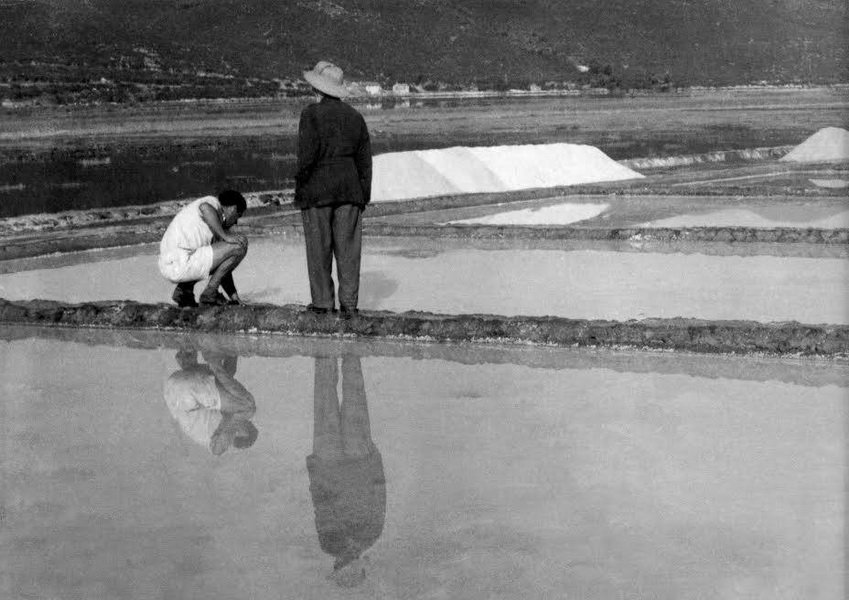 Solila, Photo by Andjelko Stjepčević
Solila, Photo by Andjelko Stjepčević
However, when the establishment of a new saltworks in the Solila area began, salt from North African saltworks began to arrive on the European market, where the costs of salt production, due to favorable natural conditions and significant wind, were significantly lower those on the northern shores of the Mediterranean.
It caused the decline of about 200 smaller, traditional salt pans in the Mediterranean and even those in Solila.
With a decision of 2007, the Solila area was protected as a unique, special nature reserve to preserve plant and animal species, primarily ornithofauna.
We must state that some irresponsible individuals have been dumping various types of waste in Solila for years, and poachers have killed everything that flies. Thanks to the Public Company "Morsko Dobro," the manager of this area, the Municipality of Tivat, the Tourist Organization of Tivat, and the Center for Protection and Study of Birds, Solila over time has become an ecotourism and birdwatching destination, with info points, a visitor center, renovated bridges, observation posts, seating, and a tourist guide service.
One hundred fourteen (114) species of birds have been registered in Solila. However, the list is not even close to bieng finalized because several new species choose the habitat every year. Since 526 bird species have been recorded in Europe so far, the number of birds present in this lagoon makes up more than 20 percent of the total number of species of European ornithofauna.
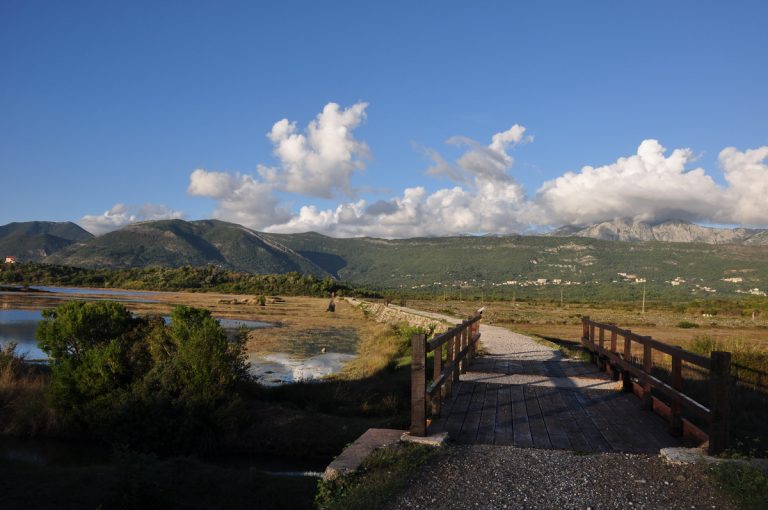
Out of 342 registered bird species in Montenegro, 114 species have been registered in Solila itself. And as many as 109 observed species enjoy some form of protection. All this indicates precisely how vital the Solila themselves are for the ornithofauna of Montenegro. Here we can often meet species such as seagulls, whistling duck, wild duck, gray heron, sparrowhawk, little grebe, and others. The most valuable species of birds are the Java cormorant, pebble, flamingo, and sea hawk. It is a perfect place for bird watching. In addition to birds, about 14 species of rare amphibians and reptiles live here, of which three species are threatened with extinction.
Ibises, spoon herons, storks, and flamingos have been spotted. As a curiosity, we point out that eight black ibises (lat. Plegadis falcinellus, Engl. Glossy ibis) spent time on Solila last year.
"These migratory birds, otherwise known from Egyptian mythology, nest in Europe and places in the Balkans, and they are also widespread in Africa and Asia. Until a few decades ago, ibises were on the brink of extinction due to the destruction of their habitats in wetlands. However, by protecting wetlands and raising environmental awareness, today, it can be said that the ibis population has recovered.
In our reserve, we also host a beautiful spoonbill heron (lat. Platalea leucorodia, Engl. Eurasian spoonbill), which has a characteristic spoon-shaped beak and a tuft on the head. Her body is covered with white feathers, while her legs and beak are black. This heron belongs to the ibis family and can reach a height of up to 1 m and weigh about 1 kg.
Spoonbills live in humid areas where they feed on small fish, frogs, crabs, and sometimes aquatic plants. They nest in sedges, bushes, and nests low above the water, and according to the information of the Center for Protection and Study of Birds, in Montenegro, they nest only on the island of Paratuk on the river Bojana, where 32 pairs are registered ", information from the Solila reserve states.
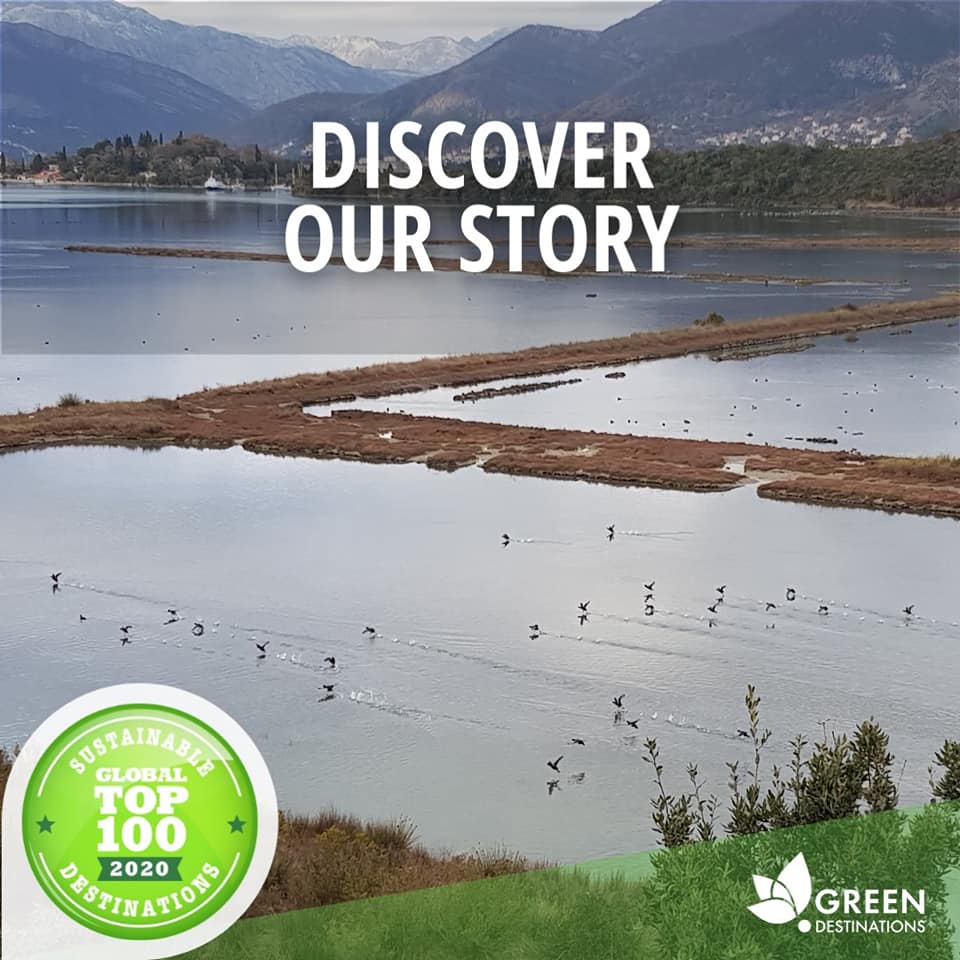
These days, the Anas clypeata, which differs from other ducks with its specific, spoon-shaped beak, rests in the salt marshes. This widespread species nests in Europe, Asia, and North America, while spending the winter in the southern regions. In the Solila Nature Reserve, in 2018, the first nesting and the first cub of this duck species were recorded.
Baljoška, a fox as the locals call it, fuliga (Fulica atra) is always among the first heralds of autumn migration in reserve.
This autumn, storks and flamingos are a real confirmation that we are on the right path of preserving one of the pearls of the Bay of Kotor, the Solila Nature Reserve.
Tivat saltworks - from salt grains to bird habitats, is part of the project "Tivat Breviary," which was funded through the NGO Projects Funds Provided by the Municipality of Tivat
317 YACHTS ARRIVED IN TIVAT IN THE NINE MONTH PERIOD
